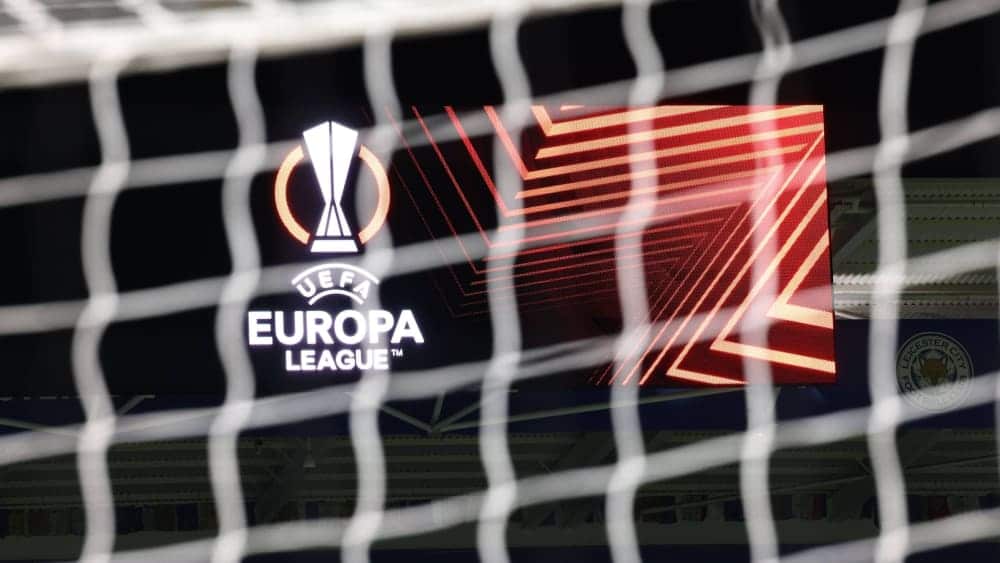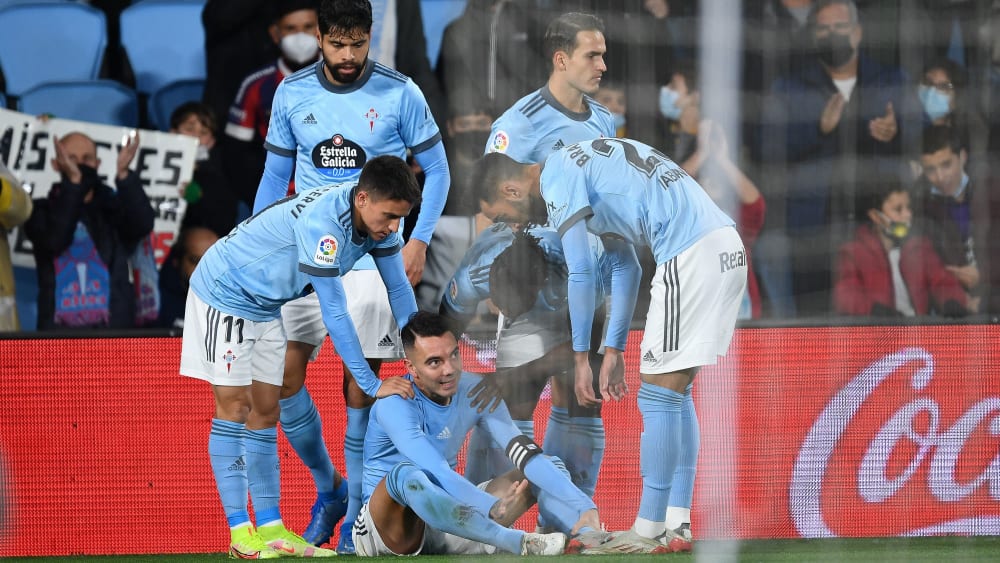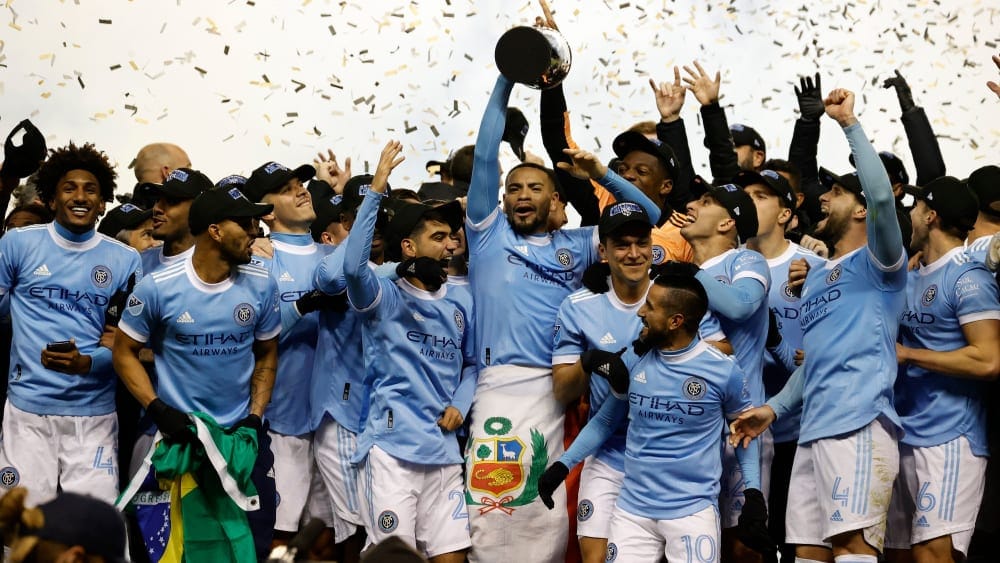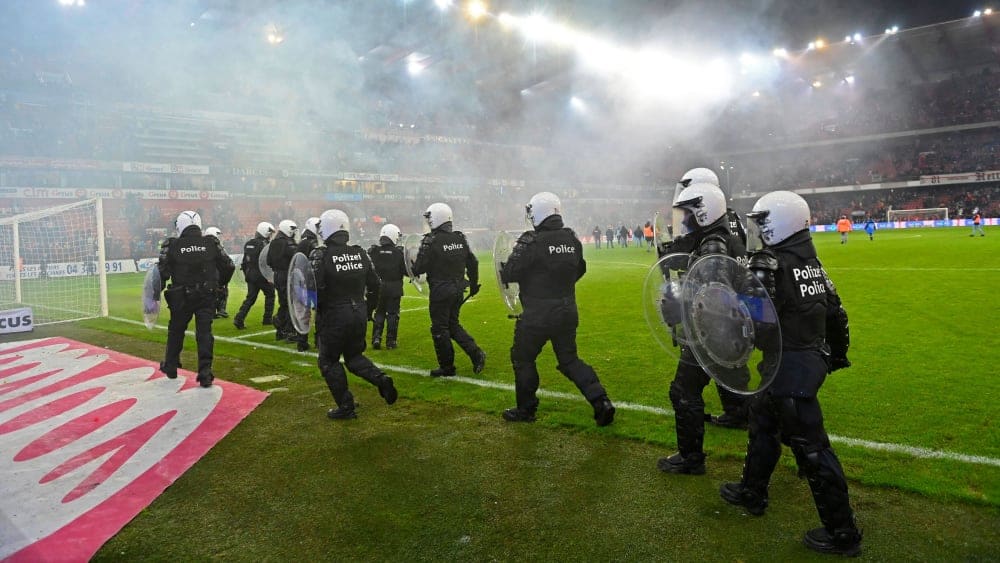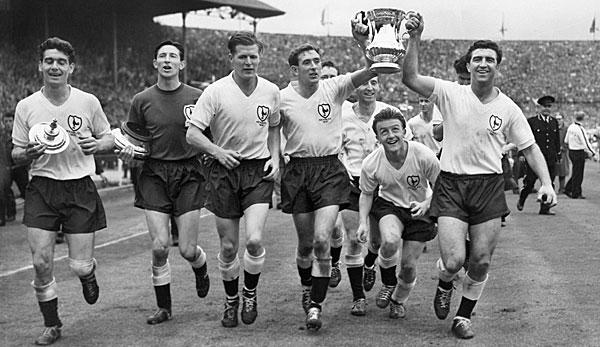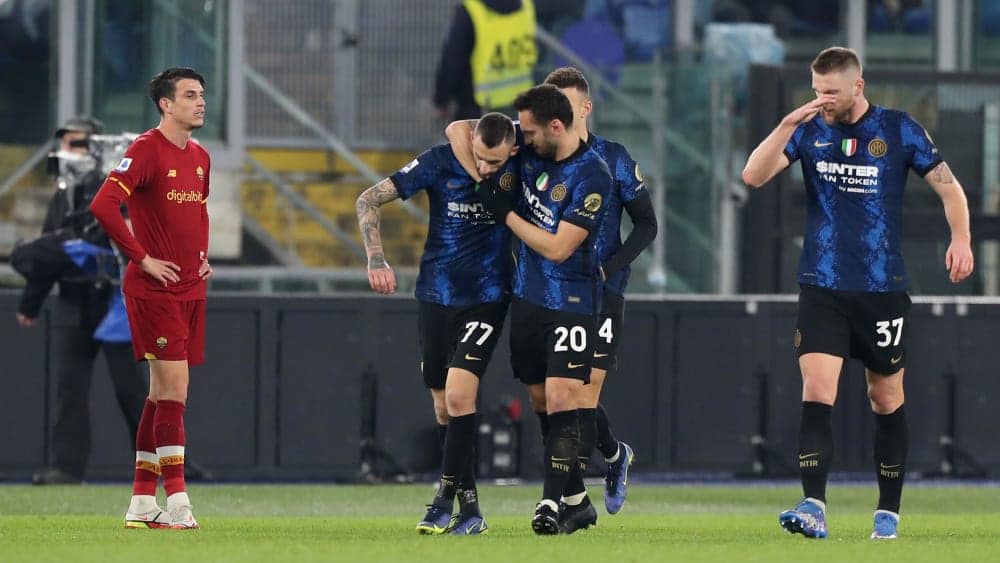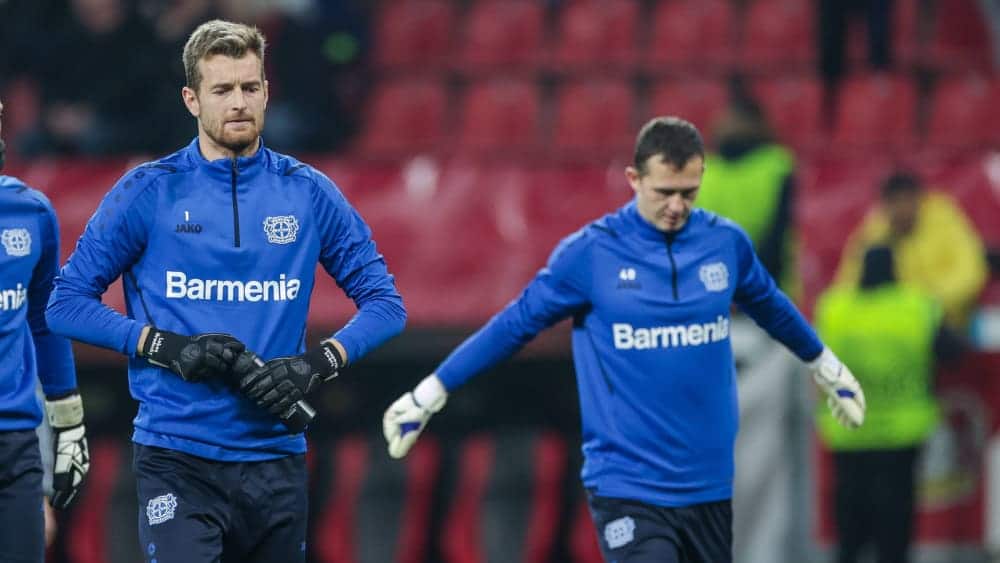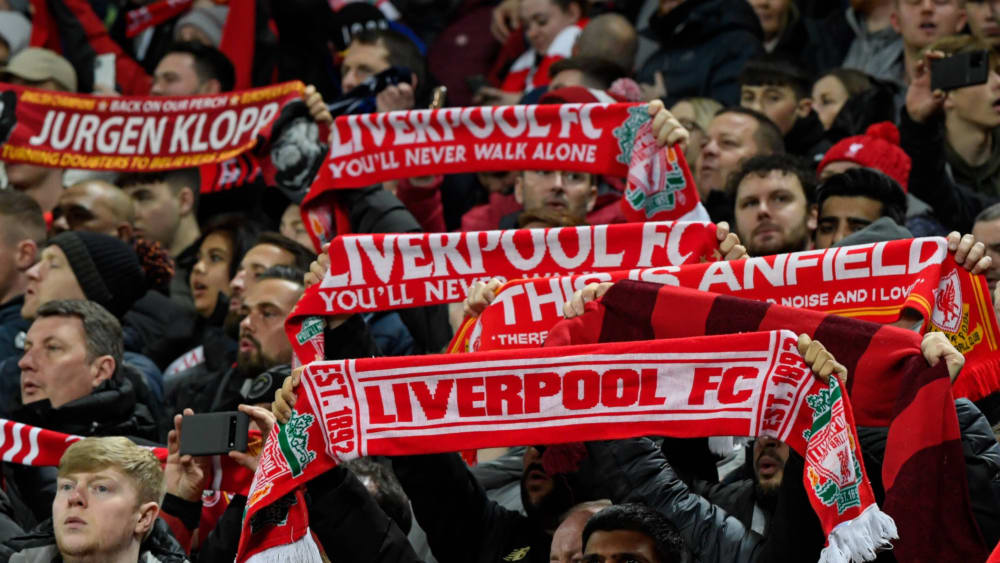Tottenham Hotspur is in the Champions League semi-final against Ajax Amsterdam (Tuesday, 9 p.m. live on DAZN) and is perhaps experiencing the most exciting time since the early 1960s. At that time, Tottenham dominated English football under legendary coach Bill Nicholson with a new style of play.
They called him “the ghost,” and they did it for a number of reasons. There’s, like, his face. It always looked pale and dull when he once fitted over the lawn of White Hart Lane and shot and ran. He also did it ghostly, he always saw game situations earlier than everyone else. “It was inconspicuous and as hard to catch as water,” says Julie Welch to SOCCERSCORE. As a Spurs biographer, journalist and author of several books, she must know.
It was July 21, 1964, when a nickname became reality. John White became the Ghost of White Hart Lane. It was the first day of the season preparation, easy exercises and, of course, the team photo. White was underutilized, he then went to play tennis with a teammate and still didn’t have enough.
Alone he made his way to the golf course and played his round. Slowly the sky darkened, it began to rain, thunder and flash. White took refuge under a tree. Lightning struck and hit him. White was dead instantly. He was only 27 years old.
With his tragic end of life, an era of Tottenham Hotspur, the era of Tottenham Hotspur, ended at the same time. In the summer of 1964, Tottenham was both glamorous and spoiled for success.
In 1961 the Spurs won the Double, the first English club of the 20th century. In 1962, they won the FA Cup again and reached the semi-finals of the premier class for the first time and the only time this season. In 1963 they became the first British club to win a European competition with the European Cup Winners’ Cup. The Spurs were England’s flagship club.
But then the Spurs became spursy and from year to year only still spursyer. It is an adjective that describes Tottenham’s chronic and curious failure at the crucial moment. Perhaps all the tragedy began with White’s death. His demise was certainly the “ultimate spursy way to leave this planet,” wrote his son Rob later. When his father died, he was a few months old. He never saw his father and his team play. He only knows the spursy spurs.
In the following decades, the spursy Spurs have mostly retained the remarkable, sometimes spectacular playing style of their ancestors. But they have lost their determination and the hunger for success of the big team.
When the big team grew up, their spiritual father was long dead. His name was Peter McWilliam and he created “The Spurs Way” as a Tottenham trainer in the interwar period. His motto was “pass and move”. The Spurs played continental Europe and not British at all. “It was not quite tiki-taka but rather fast and fluid,” says Welch.
Trainer Artur Rowe further developed the game philosophy after the war, now the buzzwords were “pass and move” and “push and run”. A fine tuning of style that even an inconspicuous defensive player did and absorbed. His name is Bill Nicholson.
Nicholson was 16 years old when he made the long journey from his home in the north-east of England to the metropolis of London, alone and by night train. And this, “although I didn’t even know exactly where Tottenham was”. Nicholson nevertheless tracked down the club grounds, convinced during his trial training, found a new home in London and his vocation in the Spurs.
